On the afternoon of June 18, the National Assembly discussed in groups the draft Law on Cultural Heritage (amended).
The draft Law on Cultural Heritage (amended) consists of 09 chapters and 102 articles, an increase of 02 chapters and 29 articles compared to the current Law on Cultural Heritage (07 chapters and 73 articles). On the basis of inheriting the relevant contents of the 2001 Law on Cultural Heritage, amended and supplemented in 2009, the Law on Cultural Heritage (amended) focuses on 03 groups of policies approved by the Government in Resolution No. 159/NQ-CP. The amendment of the Law aims to continue to institutionalize the Party's viewpoints and policies, overcome difficulties and obstacles, resolve arising issues, improve the effectiveness and efficiency of management, protection and promotion of cultural heritage values.
 |
| National Assembly Chairman Tran Thanh Man speaks at the discussion at Group 13 (Photo: QH) |
Speaking, National Assembly Chairman Tran Thanh Man raised three issues of concern regarding this important bill.
First of all, regarding the consistency of legal documents, the National Assembly Chairman stated that the Law has a large scope of impact, related to many sectors and fields. Therefore, it is necessary to continue reviewing to ensure consistency in the legal system, clarify and overcome overlaps between legal documents on cultural heritage and other laws such as: Civil Code, Investment Law, Public Investment Law, Planning Law, State Budget Law, Construction Law, Housing Law, etc. In particular, it is necessary to pay special attention to regulations on administrative procedures and business conditions in this field.
The National Assembly Chairman also suggested paying attention to ownership and rights related to cultural heritage. The National Assembly Chairman said that the current Law on Cultural Heritage recognizes five forms of ownership of cultural heritage, including: State ownership; collective ownership; community ownership; private ownership and other forms of ownership of cultural heritage. The Law also stipulates the rights and obligations of owners of cultural heritage.
This draft revised Law stipulates the forms of ownership of cultural heritage including: ownership by the entire people; common ownership, and private ownership according to the provisions of the Civil Code.
Thus, the new draft Law has changed the provision from “state ownership” to “public ownership” (Clause 1, Article 4). However, according to the National Assembly Chairman, this is an issue that needs to be discussed and carefully considered because the draft Law has not yet determined the authority and criteria for recognizing the type of ownership.
"In reality, there is a possibility that individuals and organizations own cultural heritage such as relics, antiques, and national treasures, but when there is a dispute over ownership, there is no sanction. The sanction in this bill is not clear, I suggest that the Drafting Committee pay attention to this issue" - the National Assembly Chairman stated.
The National Assembly Chairman suggested that it is necessary to specify the authority and criteria for determining forms of ownership of cultural heritage; management principles, authority and responsibility for protecting and promoting cultural heritage; resolving disputes over ownership of cultural heritage (if any) to ensure the legal property ownership of organizations and individuals; at the same time, maximizing the role of owners in preserving and promoting the value of cultural heritage.
"It is necessary to study and handle thoroughly and carefully to determine ownership and related rights so that they do not overlap," said the National Assembly Chairman.
Another issue that the National Assembly Chairman noted was the protection area of the relic, the decentralization in allowing investment and construction in the relic protection area. The National Assembly Chairman stated that the current Heritage Law and the draft revised Law this time are consistent in principle, the protection area I of the relic is the area containing the original elements that make up the relic, which must be strictly protected. Articles 26 and 27 of the draft Law stipulate that the protection area I of the relic is protected in its original state in terms of ground and space for the original elements that make up the relic.
However, the National Assembly Chairman pointed out that the draft Law allows investment and construction of works and individual houses inside and outside the relic protection area; at the same time, it decentralizes authority to the locality (Department of Culture, Sports and Tourism) to decide on this project at relics ranked at different levels.
"The above regulations are strict, but the regulations below allow investment and construction of works and individual houses inside and outside the relic protection area, so we need to carefully review them. Here, there needs to be a plan to strictly protect the relic, but at the same time, create favorable conditions for people living in the relic area," the National Assembly Chairman emphasized./.
Source: https://dangcongsan.vn/thoi-su/can-quy-dinh-cu-the-tieu-chi-xac-dinh-cac-hinh-thuc-so-huu-di-san-van-hoa-667550.html


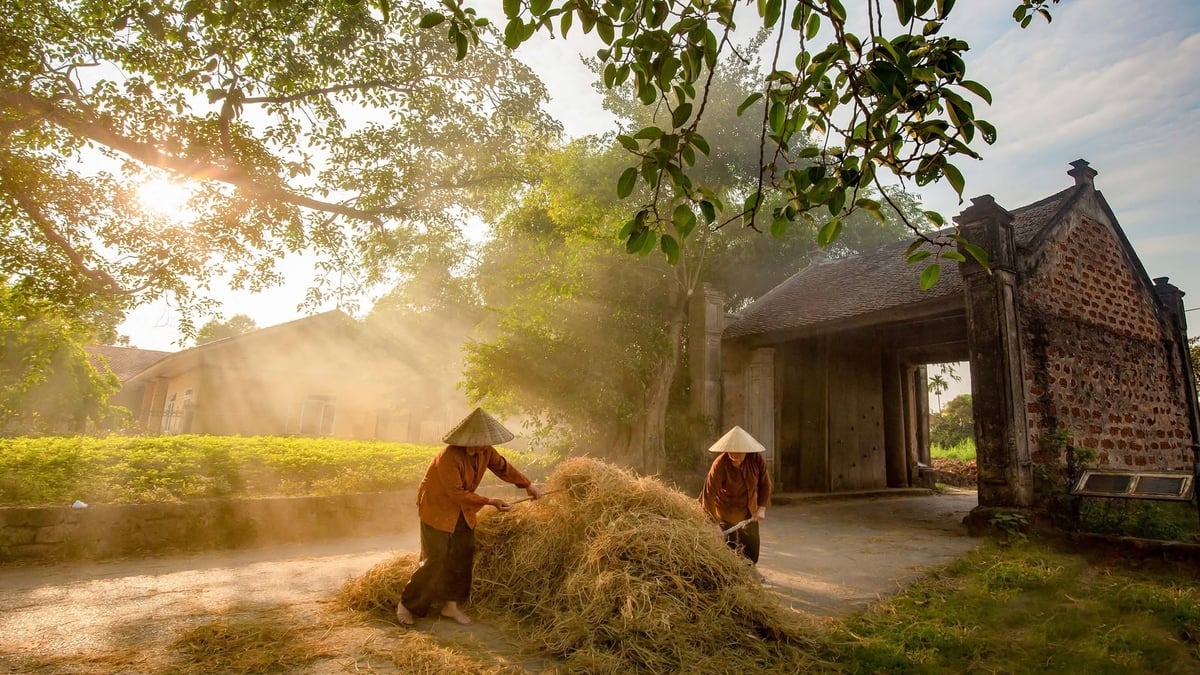




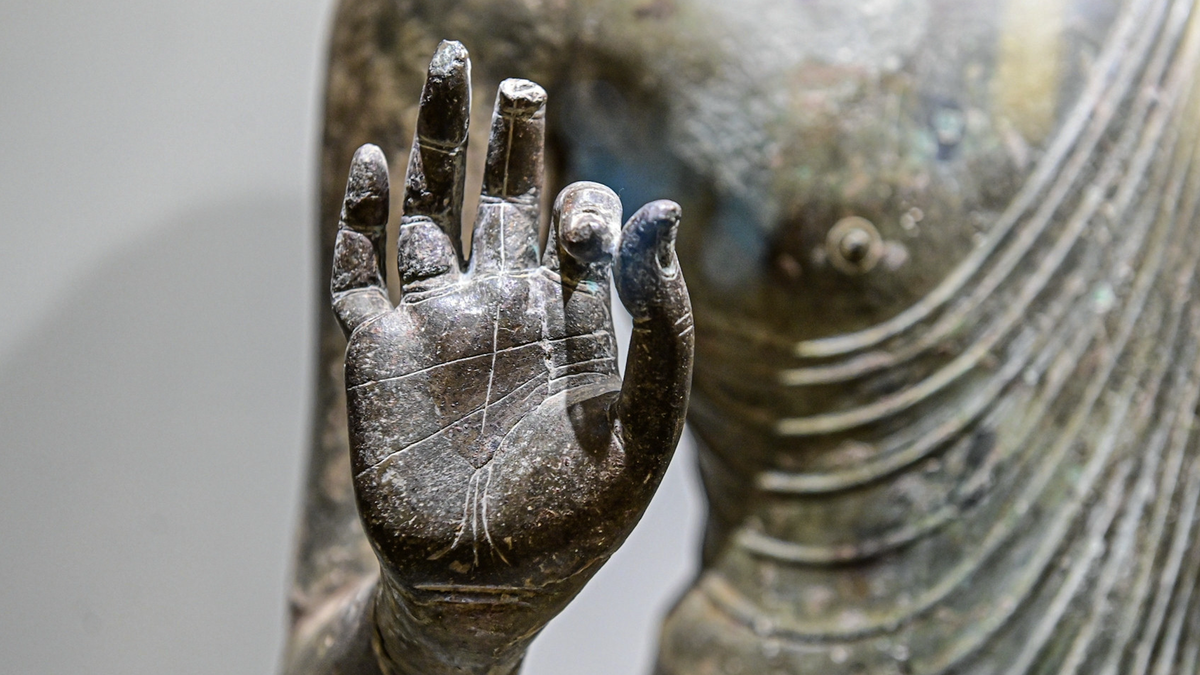

















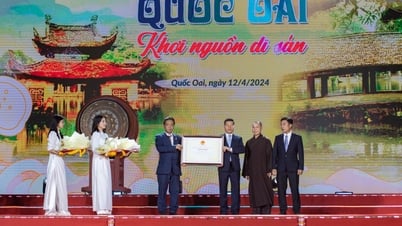

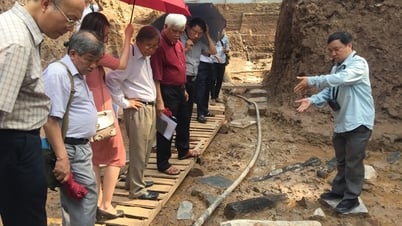
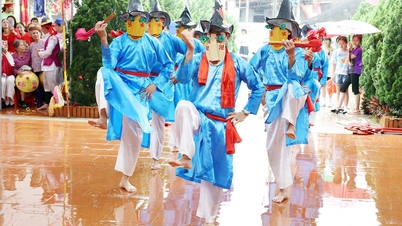
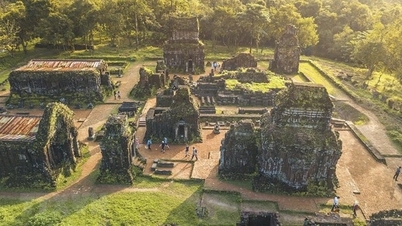




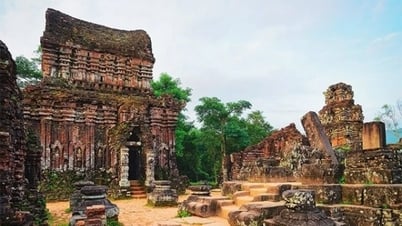

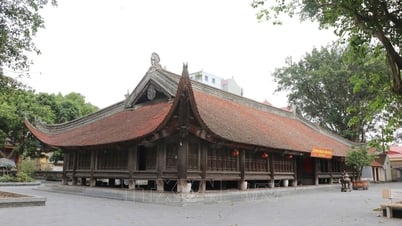

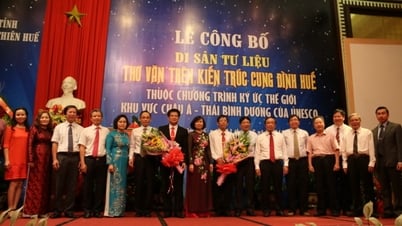
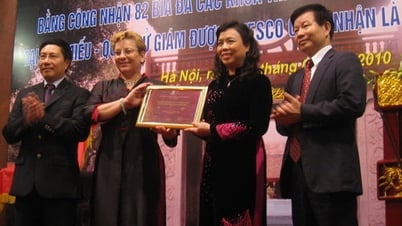

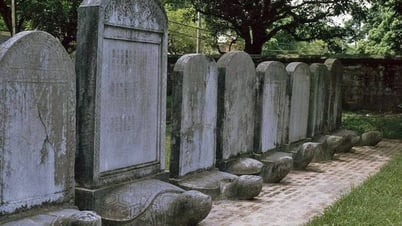
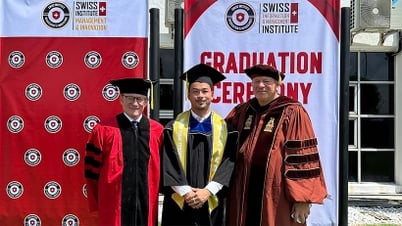












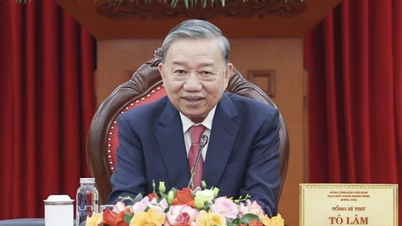







































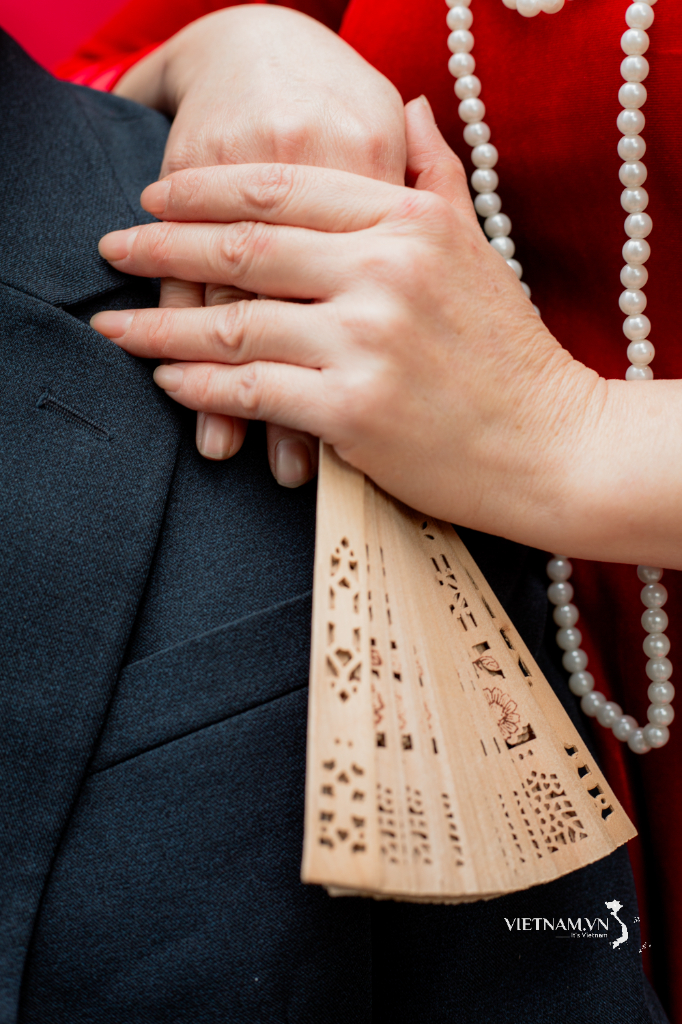


Comment (0)